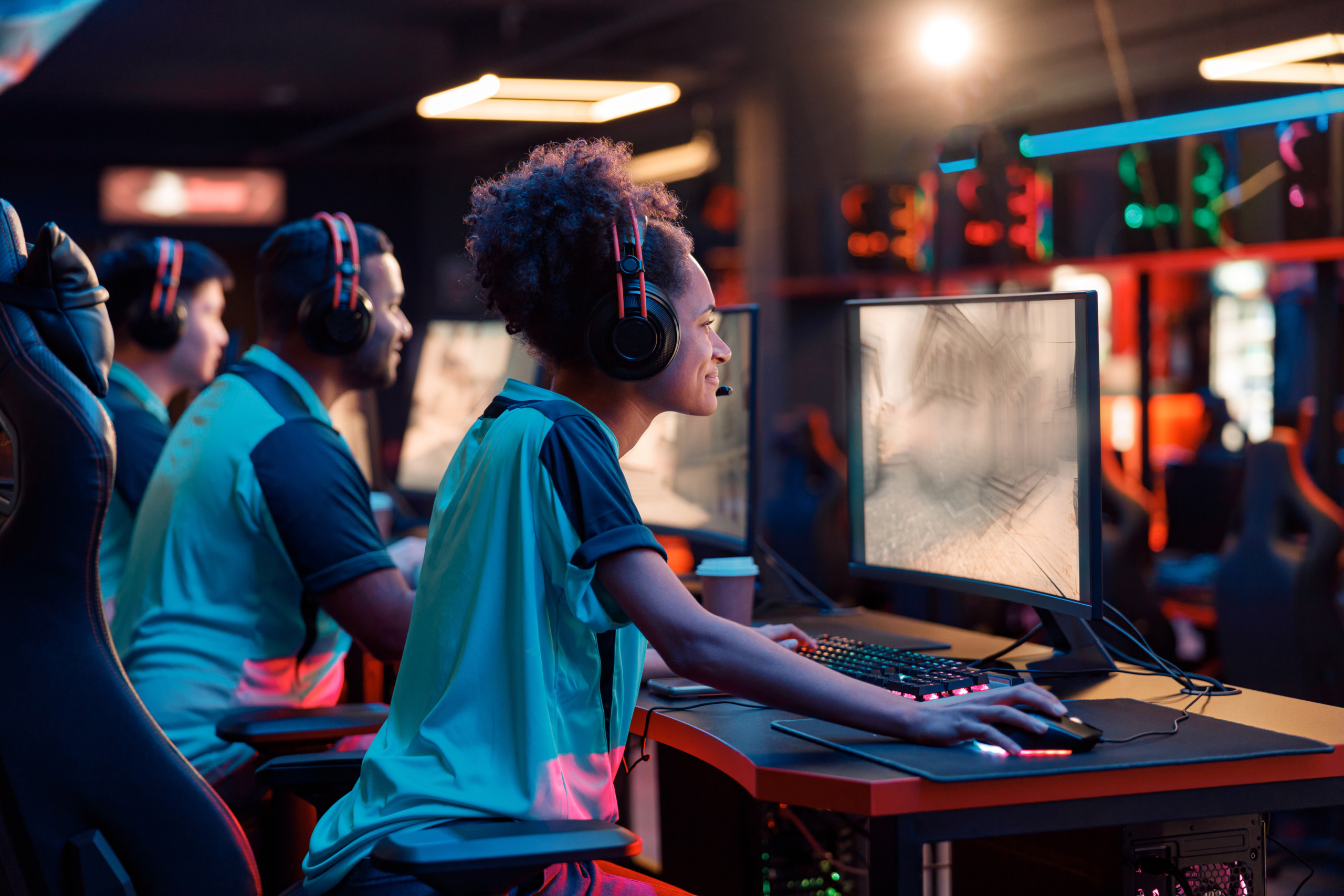Did you know that one in three esports fans report having better brand perceptions following good esports sponsorship? As an added bonus, esports fans generally appreciate the need for sponsorship to keep the esports industry afloat. It is unlikely that sponsorships will be viewed negatively, or that damage to a sponsor’s reputation will occur. But what sets apart good sponsorship practices from bad ones? Is there a wrong way to do the right thing when it comes to esports sponsorship?
Esports sponsorship best practices
Most brands won’t be able to improve their reputation and image simply through sponsorship and logo placements, without adding relevant value to esports audiences. What’s more, poorly executed sponsorship can have a negative impact on brand perception, so it is clear that a strategic approach is paramount. To correctly plan and implement sponsorship of esports events and tournaments, the following needs to be done:
#1: Research your audience and the esports industry
The better you understand the history of esports, current trends in the industry, and future developments on the horizon, the more you can ensure that your brand meaningfully adds novelty or continuity to the industry, and that your messaging authentically resonates with the fanbase you are targeting. This can include discounts for sought-after products that will enrich their gaming experiences.
Esports fans tend to prefer comedic approaches, relevant information about esports, and useful offers. By doing this, sponsors will greatly increase their chances of improving their image. It is only through properly understanding audiences and appealing to their unique needs that brands can rejuvenate their image and seem ‘cool’.
#2: Know your niche
The industry your company is a part of, the “brand type” – and of course budget – will influence which sponsorship activation methods may work best to reach specific audiences. Non-endemic, niche brands can damage their brand and are limited in terms of how elaborate their sponsorship can be. They will probably lack funds to conduct a very elaborate sponsorship and, thus, are more likely to damage their brand image.
#3: Rally passionate fanbases wisely
The esports fanbase are highly engaged and passionate about the gaming scene, so excellently executed campaigns with messages that deeply resonate with the audience can proactively bring about praise for sponsors and brand uplift on social media. The converse is also true; poorly executed campaigns will at best make the brand seem irrelevant, or at worst, damage the sponsor’s reputation.
#4: Choose reputable esports platforms and tournaments to sponsor
Brands can do everything right, but if they misjudge which platforms they should sponsor, disreputable behaviour from third-party esports platforms can have a negative impact on your brand’s image and audience’s perception.
#5: Study your competition and the biggest sponsors
The best place to start to develop your understanding of good sponsorship practice is to look at the best sponsors and most watched esports games.
The top 10 esports sponsors
The top 10 best-regarded brands that have sponsored esports include:
| 1. Red Bull | 6. CORSAIR |
| 2. Logitech | 7. Monster Energy |
| 3. Intel | 8. G Fuel |
| 4. HyperX | 9. Coca-Cola |
| 5. Razer | 10. SteelSeries |
The most viewed and highest-paying tournaments in 2020
The study identifies the following esports tournaments as being the most viewed and highest paying as of 2020:
| Quake Champions | Point Blank |
| Street Fighter V | Forza Motorsport 7 |
| Let’s Go Pickachu! And Evee! | Painkiller |
| PlayerUnknown’s Battlegrounds | Super Smash Bros. Melee |
| StarCraft: Brood War | World of WarCraft |
(Source: Table from Scientific Annals of Economics and Business, 2020, Volume 67, Issue 4 pp 502- 503, based on data from Esports Earnings [2020] and Newzoo [2020])
Most popular esports games in 2022
Multiplayer Online Battle Arena (MOBA), first-person shooters (FPS) and battle royale style games dominate 2022’s eSports scene. According to ISPO, 5 of the leading games in these genres include:
1. Counter-Strike: Global Offensive
Valve Corporation’s title has over 10,000 professional players and uniquely has a steep learning curve that challenges even top players in the scene.
2. League of Legends
League of Legends blends real-time strategy with MOBA gameplay, with playable characters having a unique set of abilities and roles to play within a team to beat opponents.
3. Fortnite
Released in 2017 by EPIC games, Fortnite has a simple game principle: 100 players compete against each other on a huge map and the last survivor wins. However, unlike other similar games, Fortnite puts a special focus on obtaining resources and building structures.
4. Dota 2
Valve Corporation’s 2013 title features a MOBA map and five-on-five combat, Dota 2 focuses on tactical gameplay.
5. Overwatch
First released in 2016, Blizzard Entertainment here combines first-person shooter and MOBA. The game has more than 3000 professional gamers.
We hope that these statistics will help you decide whether esports sponsorship is the right fit for your brand and has a place in your marketing strategy. If you want to read more on the different ways you could use gaming as a part of your strategy, we’ve got you covered! Gaming is on the rise all over the world and it would be a waste not to take advantage of the mobile app boom in Britain and in-game audio ads’ record ROI.



